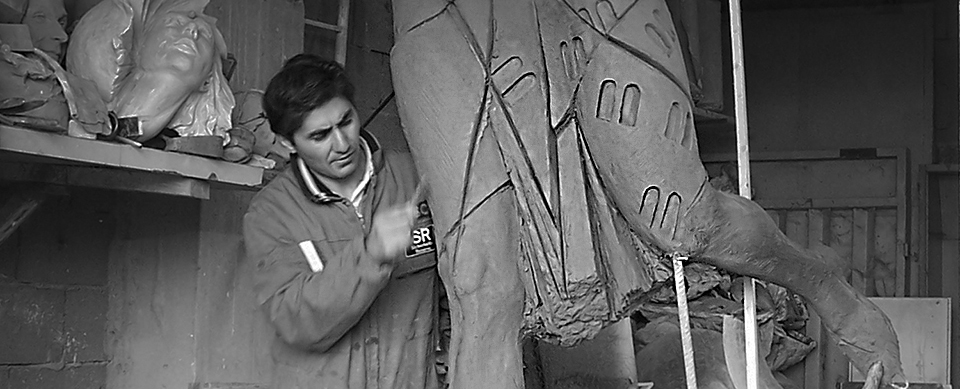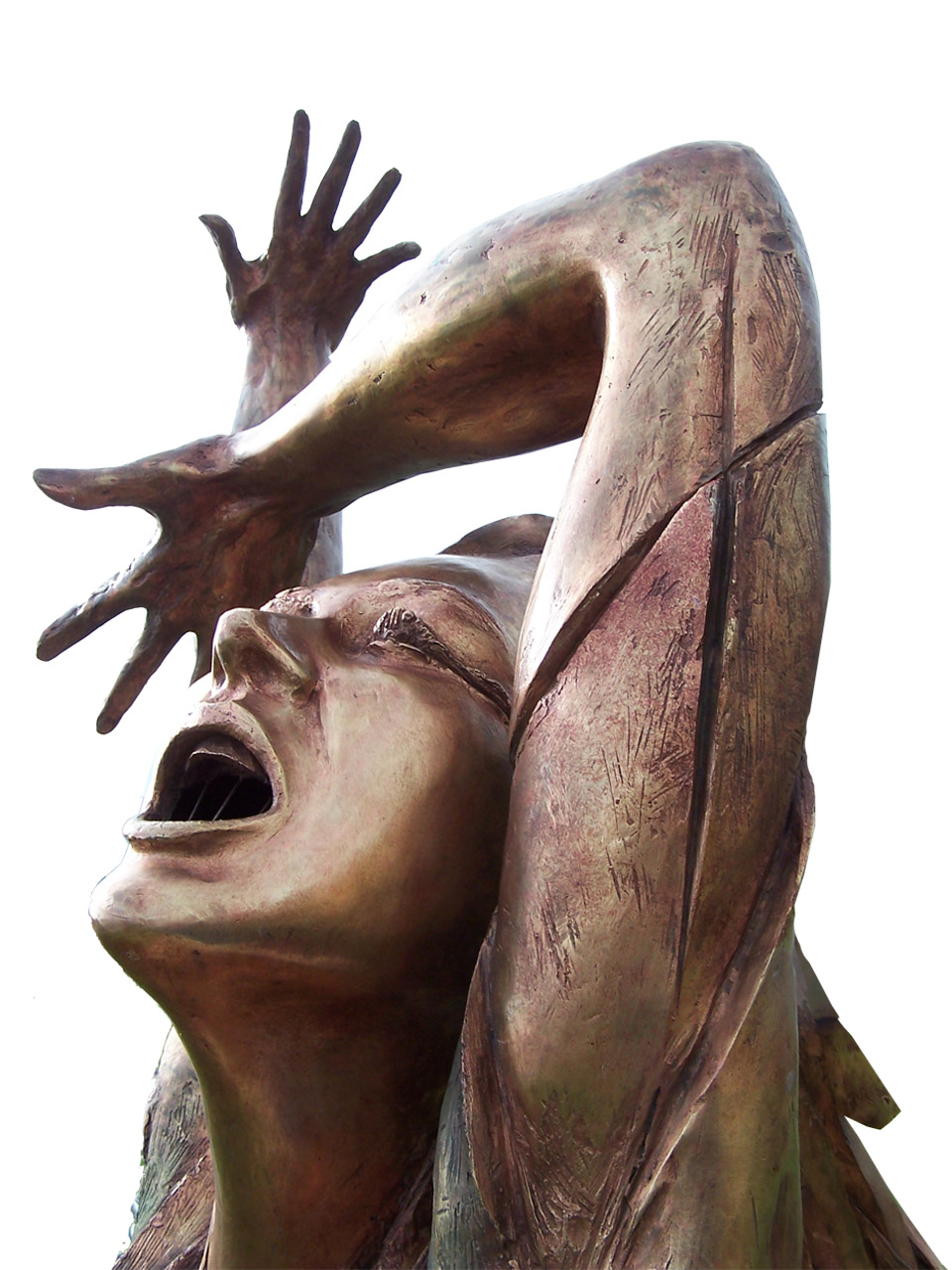Lost wax casting

The lost-wax technique, for casting large, hollow bronze statues, has been known since ancient times. Among the best-preserved ancient pieces produced with this method are the Riace Bronzes (Bronzi di Riace), dating back to the Classical period. The technique fell into disuse during the Middle Ages, surviving only in the Byzantine Empire. Bronze casting of small-sized objects was still employed, but these were "solid" castings, unfeasible on a larger scale. With the Renaissance, and the general rediscovery of the culture of classical antiquity, the technique was revived.

The first, large-sized statue of the modern era cast with the lost-wax technique is the St. John the Baptist by Lorenzo Ghiberti (1412-1416), wisely made in several separate parts joined together at a later stage. The bronze casting technique offered undeniable advantages over stone carving, as the greater cohesion of the material allowed the artist to explore more freely the expressive possibilities of posture and pose of its subject into space, without risking any damage and thus achieving a more lifelike and natural result.
When admiring a work of art, most people are left wondering as to its making and the crafting of a bronze sculpture especially remains enshrouded in mystery. In fact, the artist has to perform many and complex operations to finally create an objet d'art with the lost-wax casting technique.Through the forming step, the artist makes a mould of the original clay sculpture, revealing a "negative" impression which can be later used to produce multiple copies (replicas). During the wax pouring step, molten wax is introduced into the mould and allowed to cool. Once solidified, it reproduces the subject in a "positive" hollow replica. This wax copy is then "sprued", i.e. fitted with a treelike structure of wax rods, called "sprues" which, by converging on the same point, will serve as channels for the molten bronze to flow through and as air vents for gases to escape.

Subsequently, during the wax chasing step, heated metal tools are used to carefully rub out any imperfections and to redefine the details. Then the reworked, sprued wax copy is dressed and coated with refractory plaster (to obtain a so-called "ceramic shell"). Next, the burnout stage takes place, during which the ceramic shell-coated piece is placed in a kiln, where the plaster becomes strong and the wax melts down and runs out (hence the term "lost wax"), emptying the space previously occupied and leaving a detailed impression within the shell. This empty ceramic shell (which represents a second negative mould) will receive during casting the molten bronze, poured in at a temperature of about 1,100 °C (about 2,000 °F). The filled shell is allowed to cool and finally broken off to reveal the rough metal casting. The bronze sculpture undergoes at this point extensive metal chasing, which includes surface smoothing (raspinatura, to remove all tell-tale signs of the casting process) and detail chiseling (cesellatura). In the last stage, the surface is varnished by applying the so-called patina, which gives the bronze its final and unique color qualities, while avoiding a rapid oxidation and enhancing the aesthetic value of the sculpture.
Via Casali, 6 52044 Cortona, Italia tel +39 0575 653 125 roggicortona@gmail.com
Via del Marzocco, 5 55045 Pietrasanta, Italia tel +39 0584 332 300 roggipietrasanta@gmail.com
Via Palestro, 2 53037 San Gimignano, Italia tel +39 0577 940 760 roggisangimignano@gmail.com
mob +39 333 6461 405
